Amana Living
Key Metrics
400+ cameras deployed across 15 residential aged care sites
Zero incidents with high-risk dementia residents in 6 months using geofencing alerts
Proactive alerting with high risk clients in geofenced areas
Hundreds of thousands of dollars saved over 10-year TCO analysis
1,600 visitors per month managed more efficiently at a single site
Vendor consolidation from 59 technology partners down to 6 strategic partners
Background
Amana Living is one of Western Australia's largest not-for-profit aged care providers, with a heritage dating back to the 1960s. The organisation operates 15 residential aged care sites across WA, serving approximately 1,200 residents in aged care facilities, 7,000 home care clients, and 1,200 retirement village residents.
As GM of Technology, Neil Mullaly oversees both IT Operations, Strategy, Infrastructure and strategic projects for the organisation. When he joined Amana Living four years ago, he inherited a complex technology landscape that reflected decades of organic growth and site-by-site decision making.
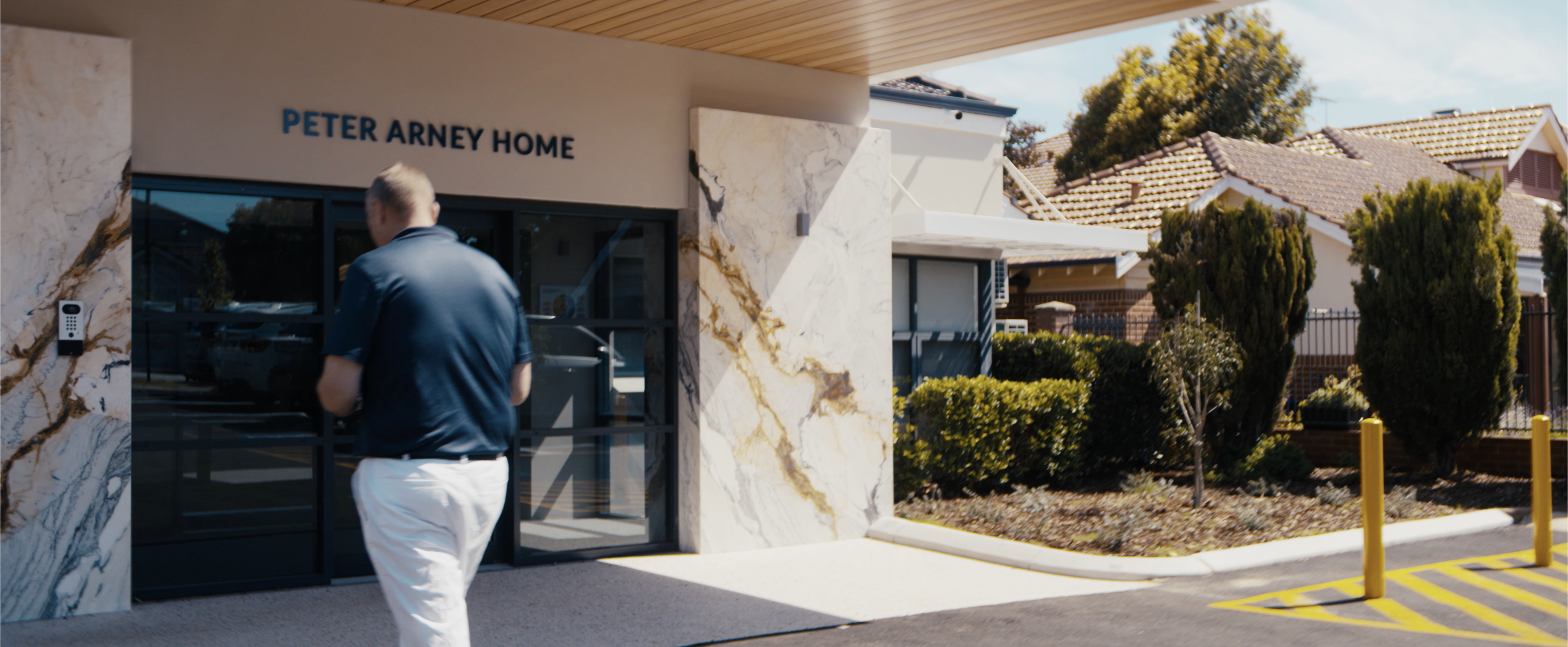
The Challenge
Amana Living’s fragmented security infrastructure across its 15 sites hampered safe, efficient care. Each site used disparate systems, resulting in "15 of everything" — unique door controls, CCTV solutions, and applications, as Mullaly noted.
Challenges were significant. Site managers, focused on patient care, wasted time retrieving footage from standalone systems stored in cupboards, often without password access. Providing footage to external parties, like police, was inefficient. Multiple vendors managing different systems led to administrative burdens and inconsistent service.
Critically, proactive monitoring was absent. "We were completely reactive, only learning of incidents after they occurred," Mullaly said. For an aged care provider with dementia patients prone to wandering, this reactive approach created serious safety risks.
The Solution
After conducting a comprehensive enterprise architecture review, Mullaly identified Verkada as the solution that could unify their security infrastructure while reducing complexity. The cloud-based platform offered several key advantages that aligned with Amana Living's needs.
The deployment was remarkably straightforward. "Implementation was as simple as plugging an endpoint into a network cable. We replaced the systems site by site with minimal disruption," Mullaly noted. The team replaced legacy systems with cameras that included 10-year warranties and automatic firmware updates.
Verkada's AI-powered features transformed how Amana Living manages resident safety. The organisation implemented geofencing for high-risk residents with dementia, creating virtual boundaries that trigger alerts when crossed. Staff can now search footage using natural language queries like "delivery driver carrying box" to quickly locate specific events. They also enabled AI-powered activity detection — including fall detection — allowing staff to receive real-time alerts if a resident slips or falls. This proactive capability strengthens resident safety and helps staff respond faster in situations where early intervention can prevent further injury.

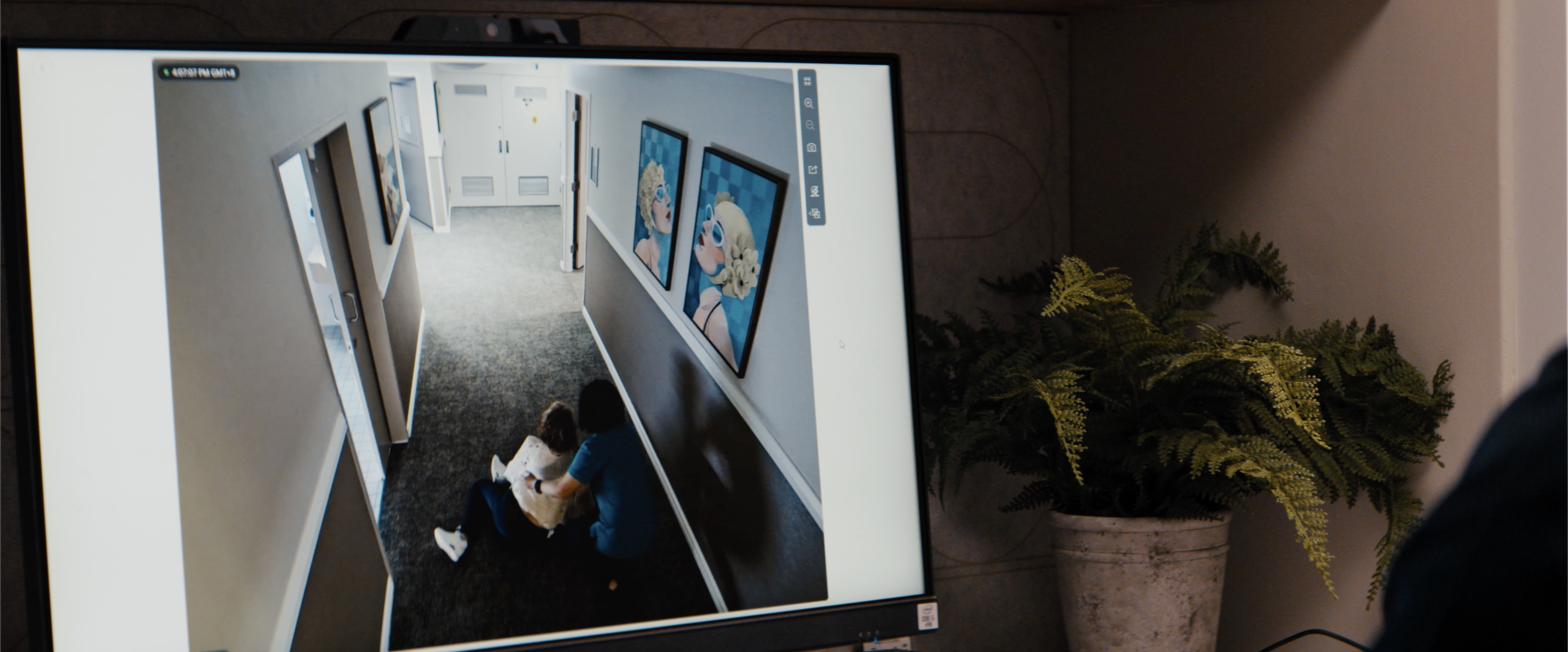
The platform's interoperability became a game-changer. At their flagship Peter Arney site, Amana Living is implementing the full Verkada stack — cameras, access control, visitor management, and environmental sensors. Family members will soon be able to use their phones to seamlessly access the facility and visit loved ones, while the system maintains a complete audit trail.
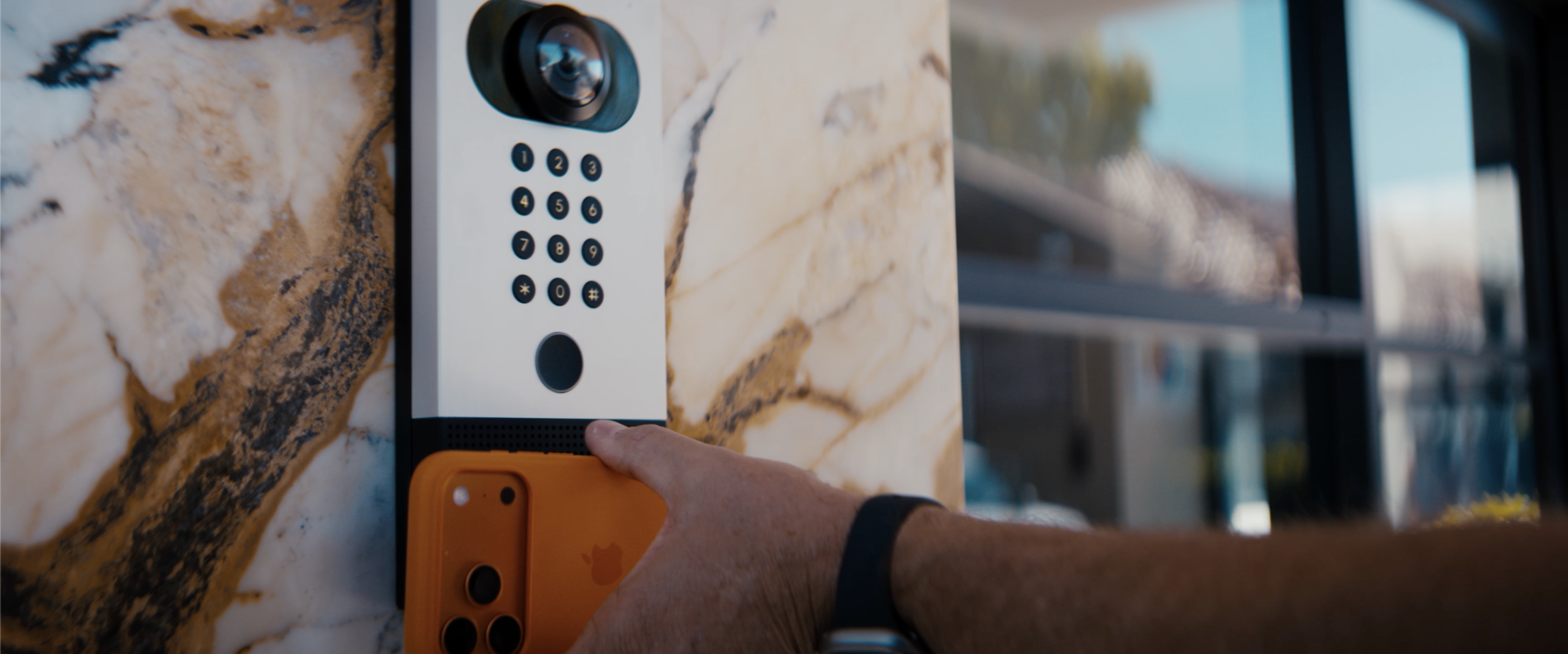
The Outcome
Amana Living’s transformation with Verkada’s platform has been remarkable across multiple fronts. Safety has improved significantly, with no incidents involving high-risk dementia residents in the past six months, thanks to proactive geofencing alerts. “Residents who regularly climbed fences and went missing no longer do so,” Mullally noted.
Operationally, the centralised platform has relieved site managers from tech troubleshooting, allowing them to prioritise care. The IT team now manages all 15 sites through a single, secure interface with two-factor authentication, accessible from any device. In one case, staff used AI search to locate footage of a missing delivery in minutes, avoiding hours of manual effort.
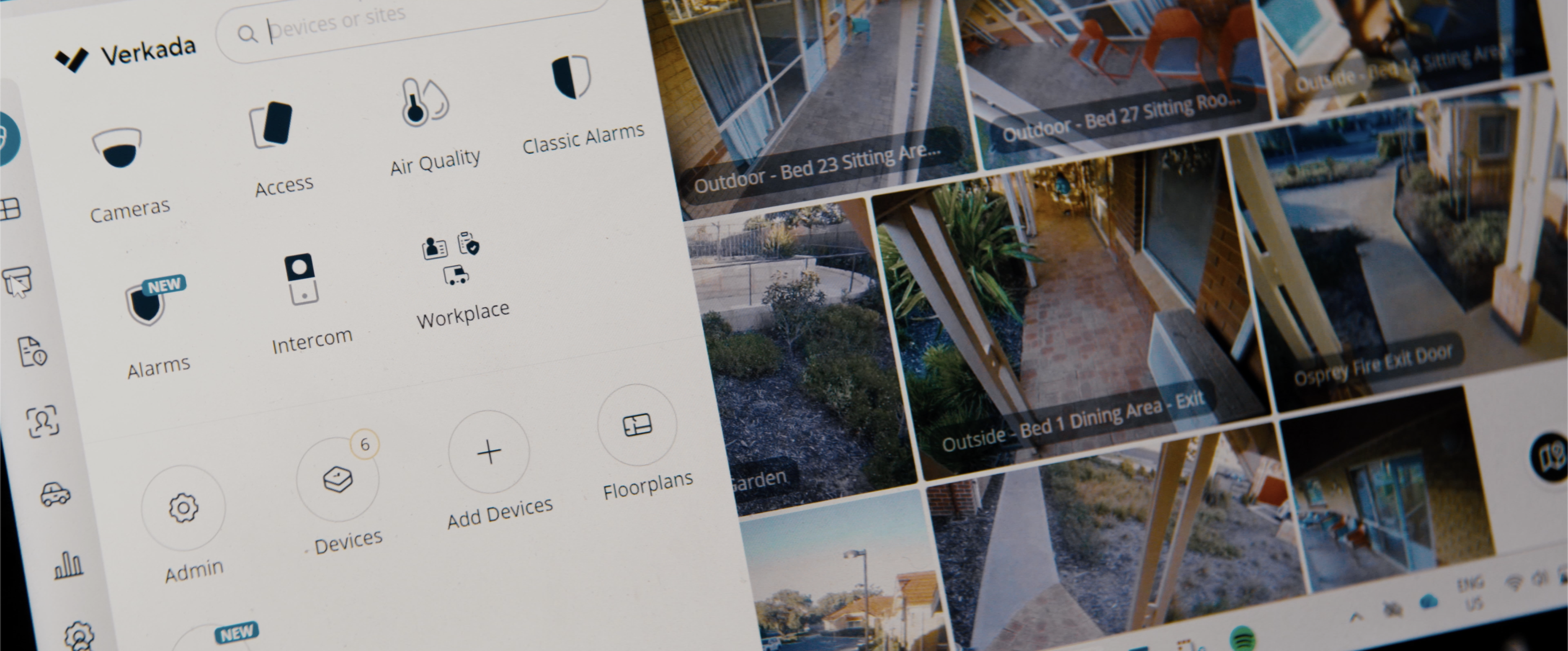
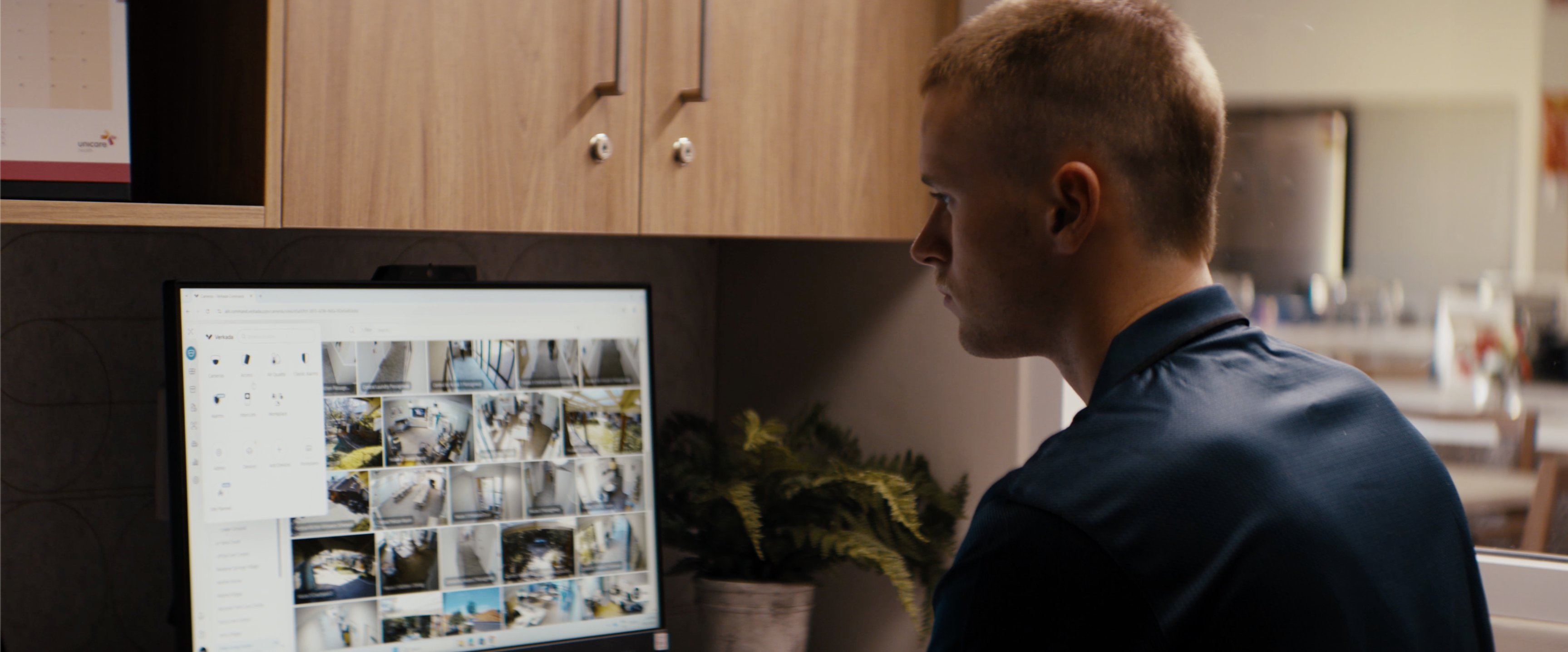
Financially, Verkada proved cost-effective. Mullally’s 10-year cost analysis revealed substantial savings. “Factoring in maintenance, storage, and vendor management, Verkada saved us hundreds of thousands of dollars,” he said.
Most importantly, the human impact stands out. A family member with camera access to his mother’s room shared his relief: “He said this technology transformed his peace of mind, eliminating stress by letting him check on her anytime."
A Look Ahead
Amana Living's journey with Verkada is accelerating. The Peter Arney site will serve as an exemplar facility showcasing the full potential of integrated security technology in aged care. The deployment includes facial recognition for seamless access, air quality sensors to detect vaping or smoking, and the ability to lockdown specific wards during health emergencies.

Mullaly envisions a future where technology enhances rather than complicates care delivery. "Once Peter Arney is complete, it will become our blueprint. We'll use it as a showcase to demonstrate what's possible, then roll out these capabilities across all our sites over the coming years."
For other aged care providers considering modernizing their security infrastructure, Mullaly offers clear advice: "Any organization still managing multiple disparate systems is missing a huge opportunity. The operational efficiencies and safety improvements we've achieved have been transformational."
He emphasizes that beyond the technology itself, the partnership approach makes the difference. "We've consolidated from 59 technology vendors down to six strategic partners. With Verkada, we have a true partner invested in our success — I can call them anytime and know they'll be there to support us."
As Amana Living continues expanding their use of Verkada's platform, they're setting a new standard for how technology can enhance safety, efficiency, and quality of life in aged care settings.